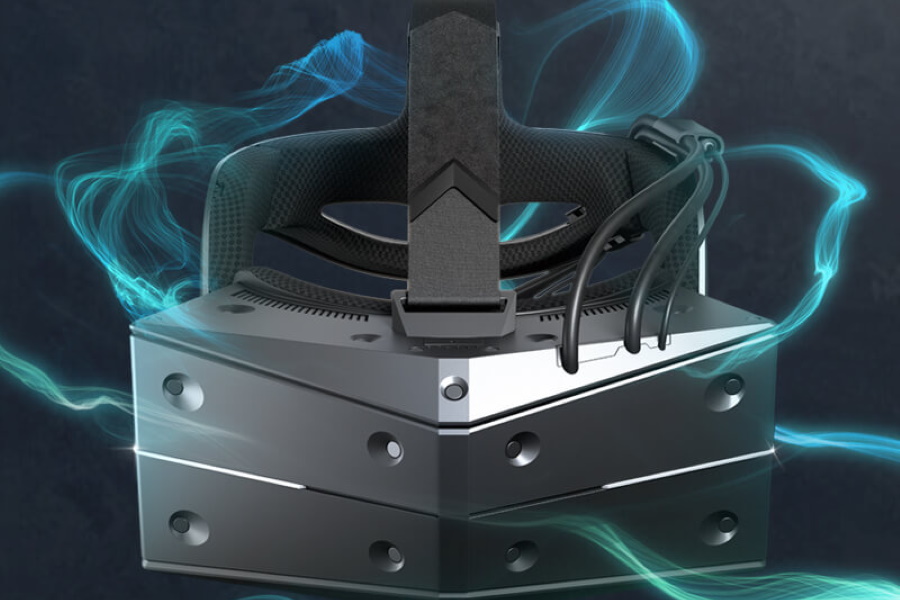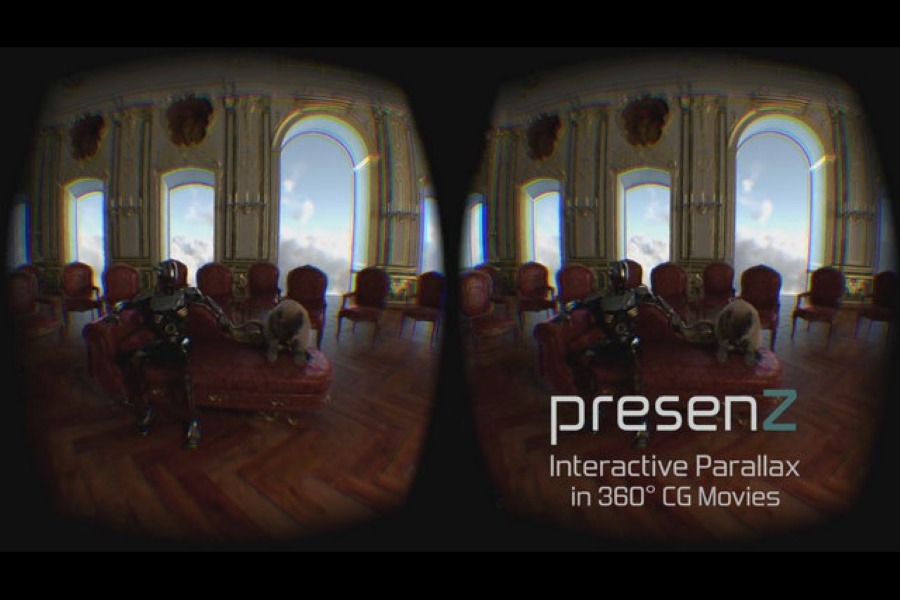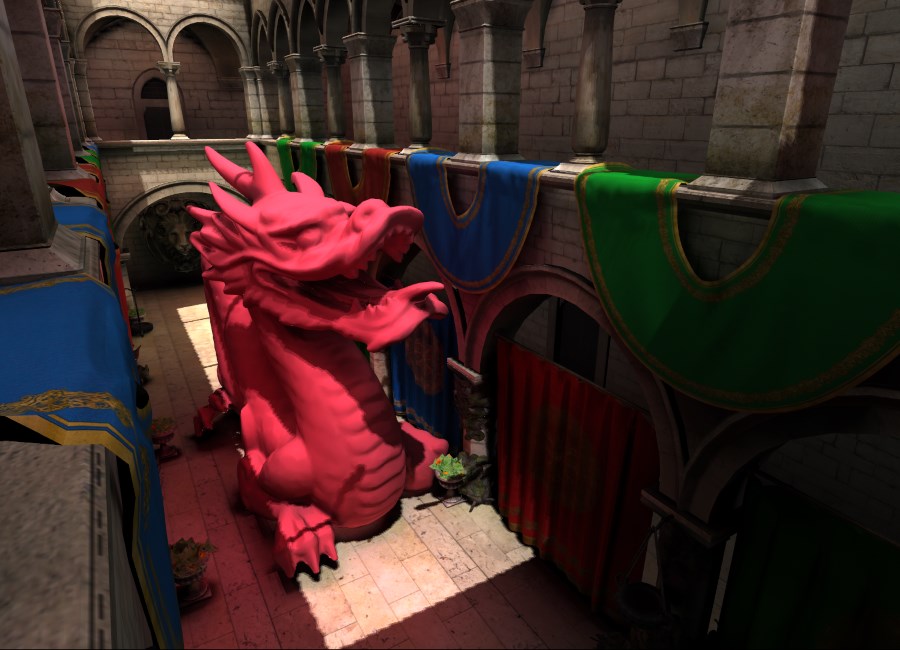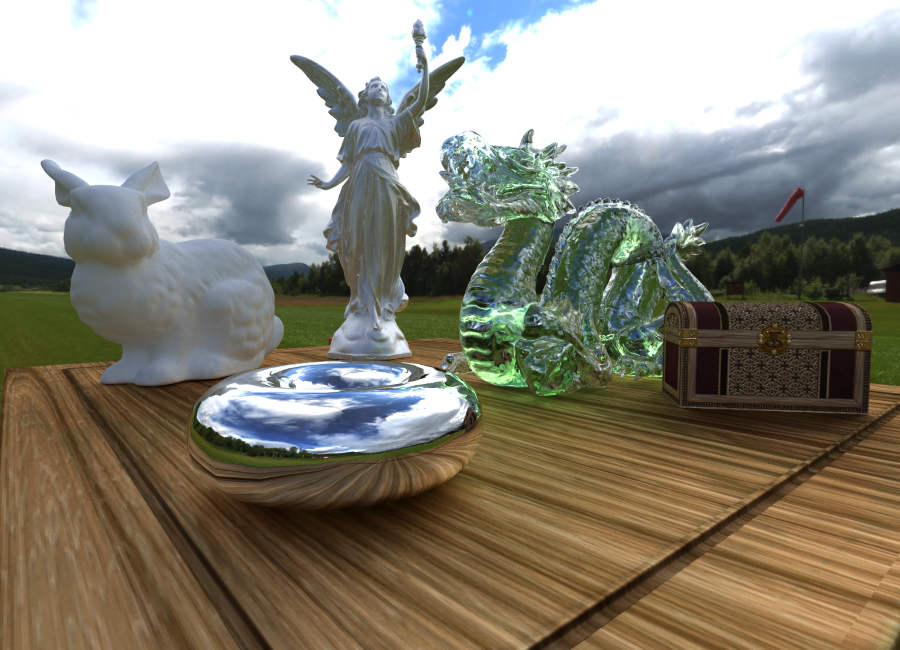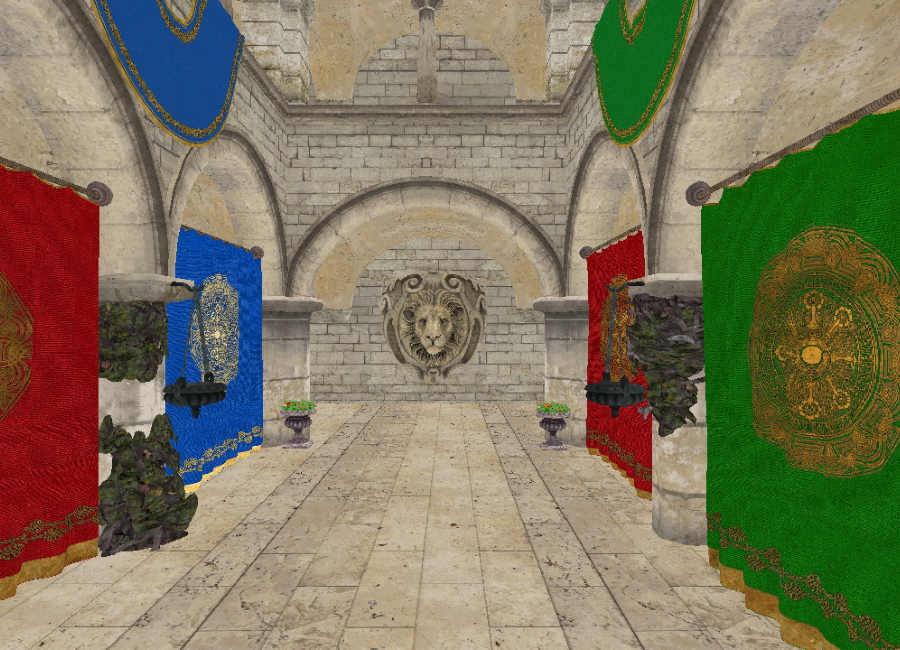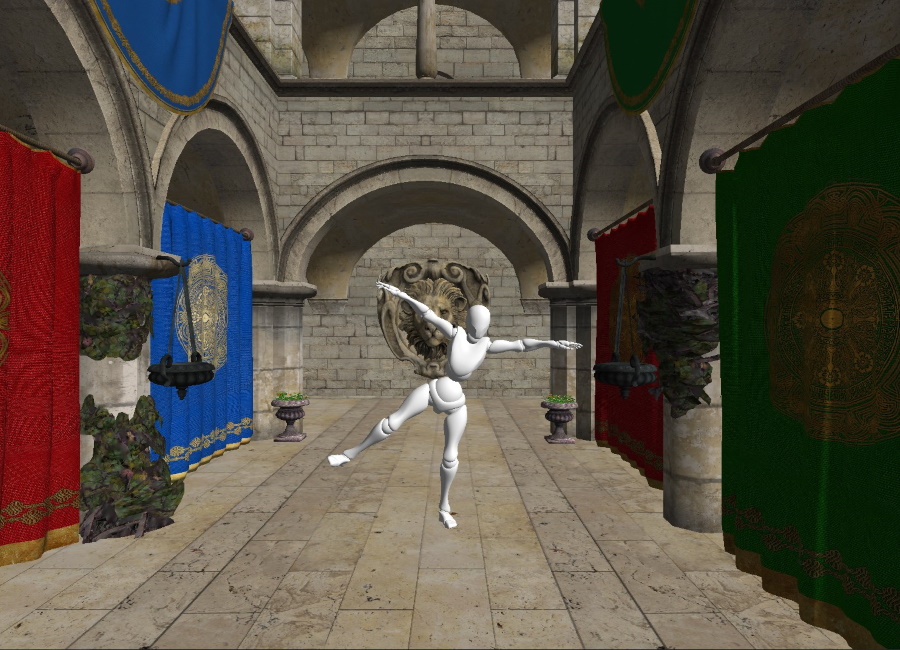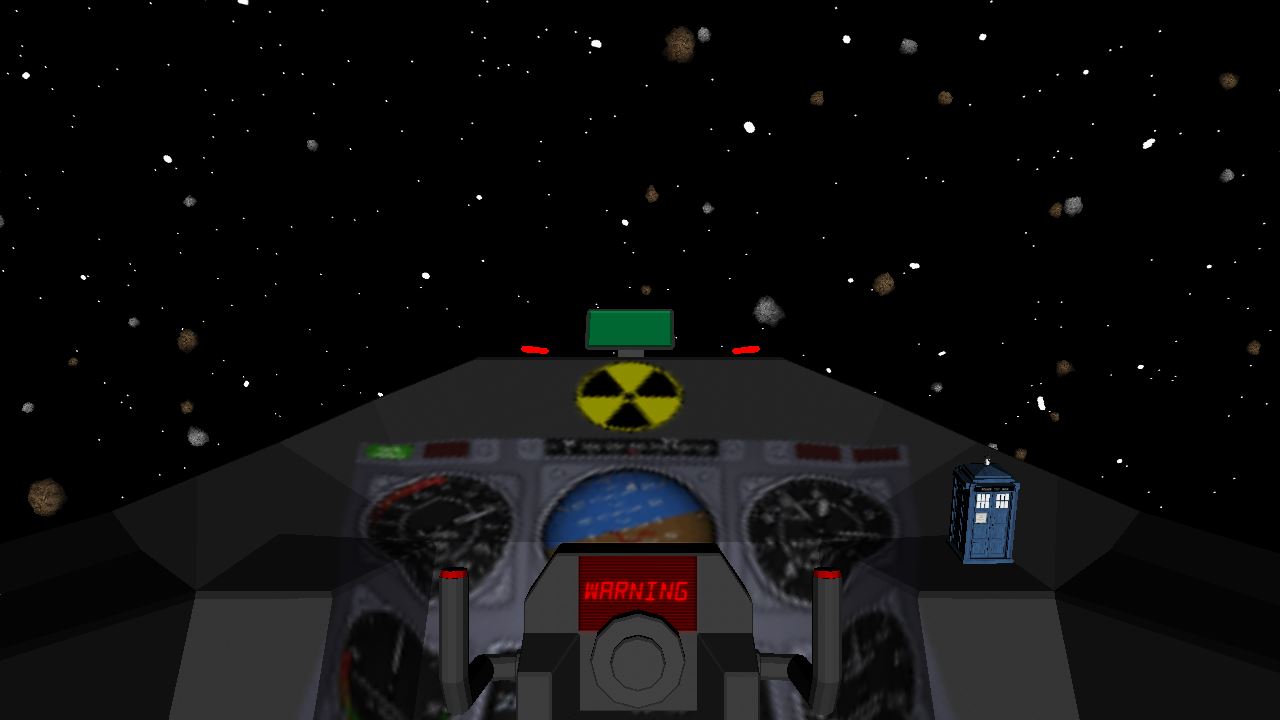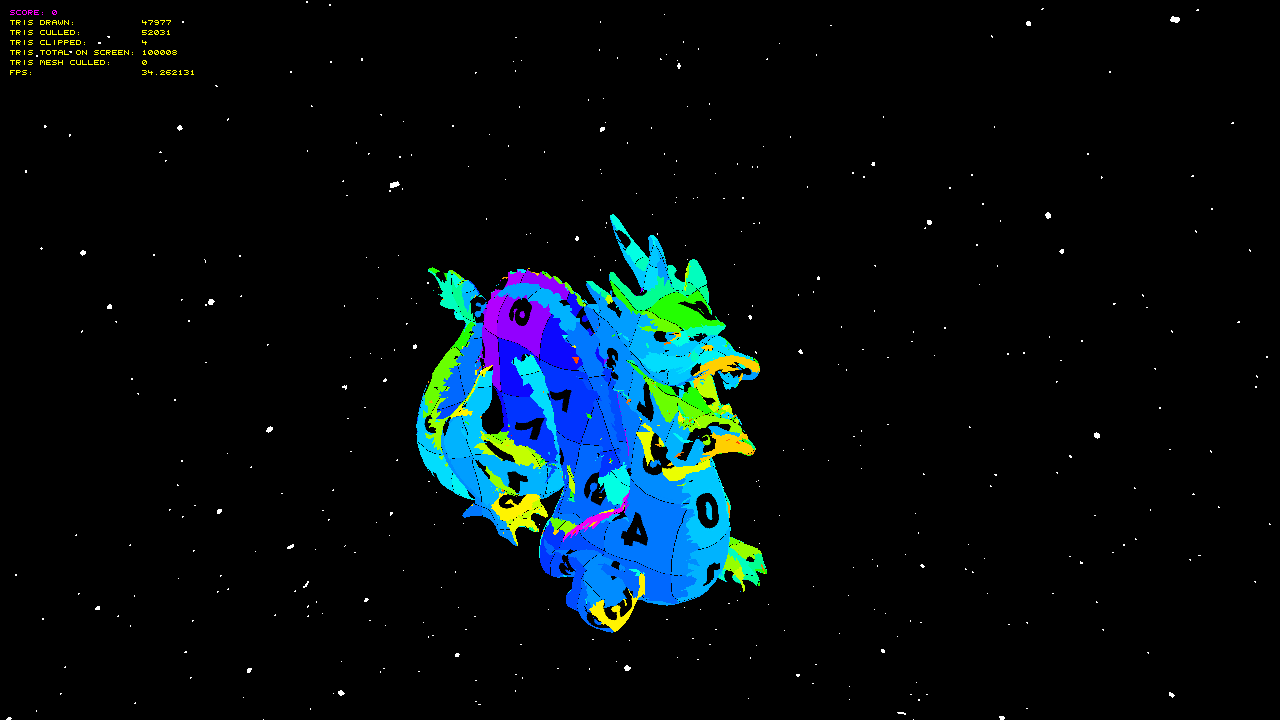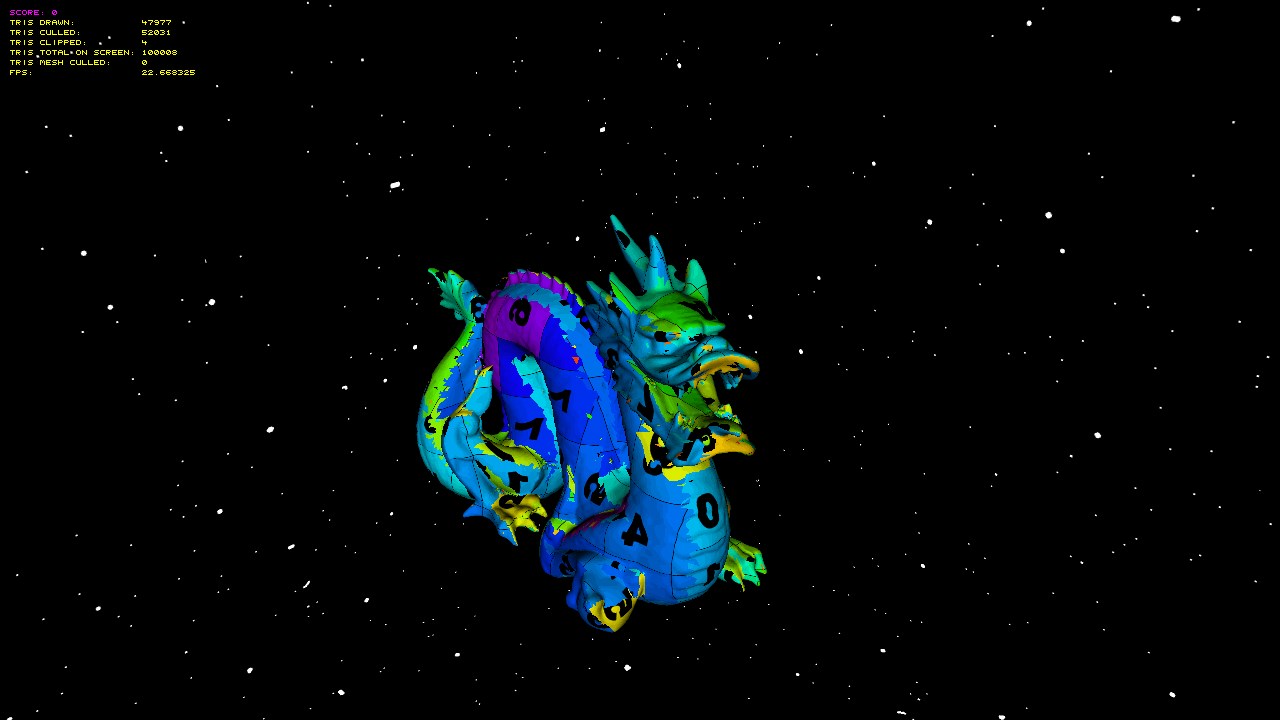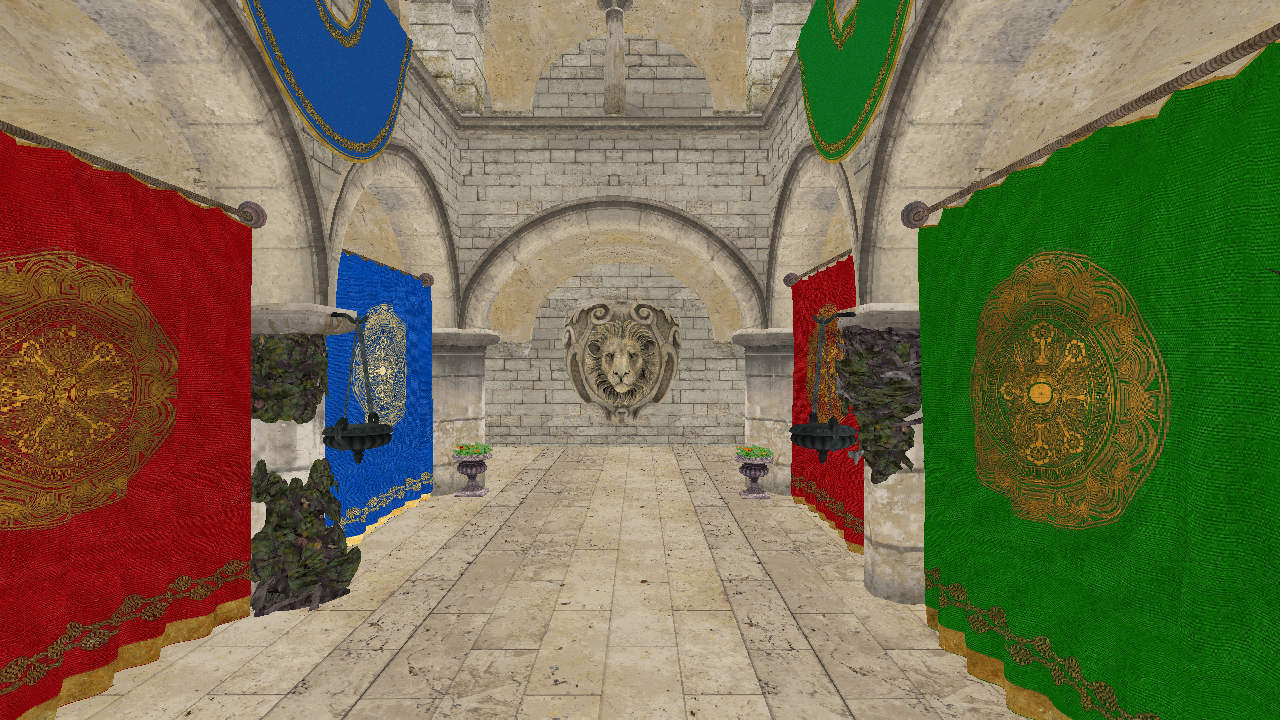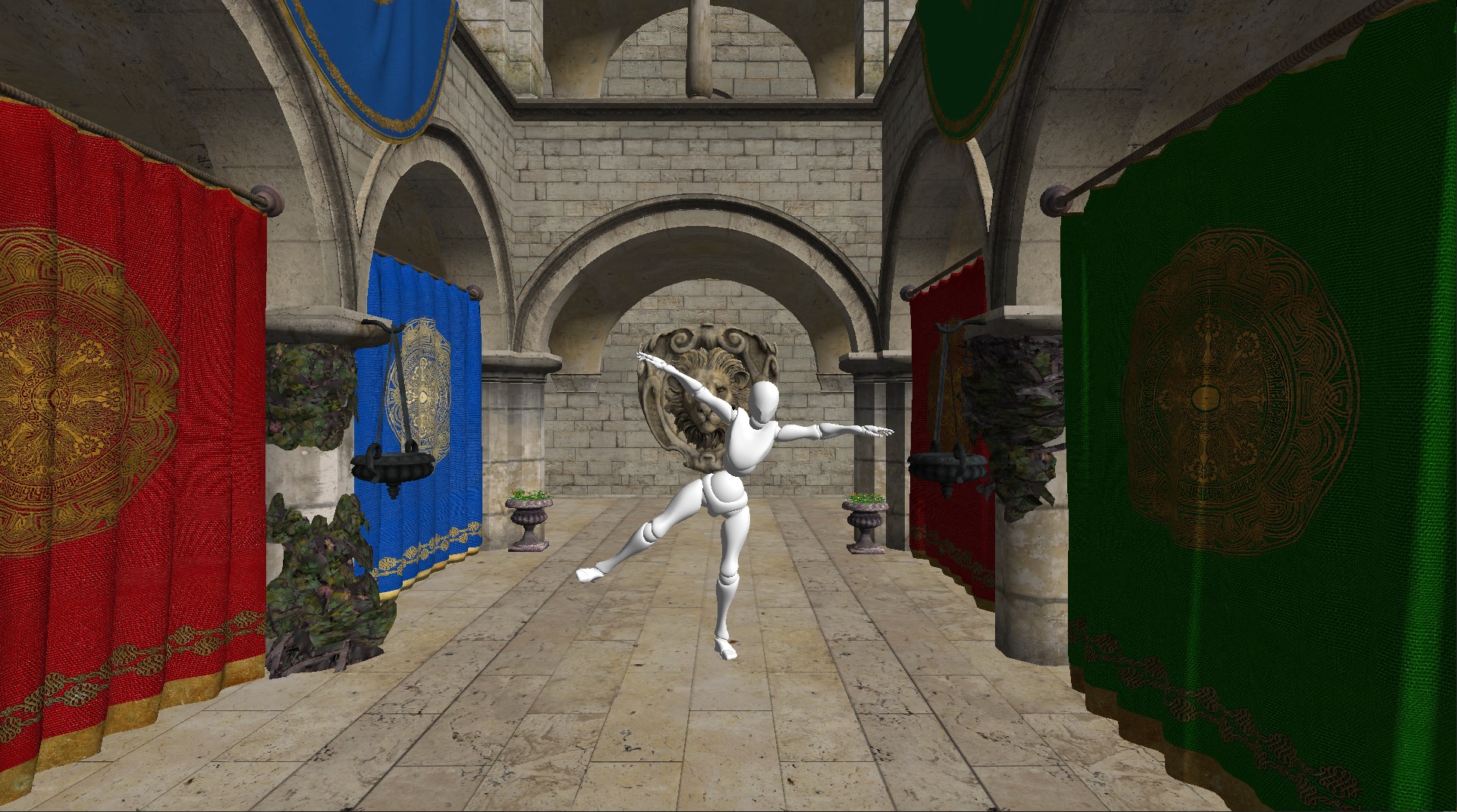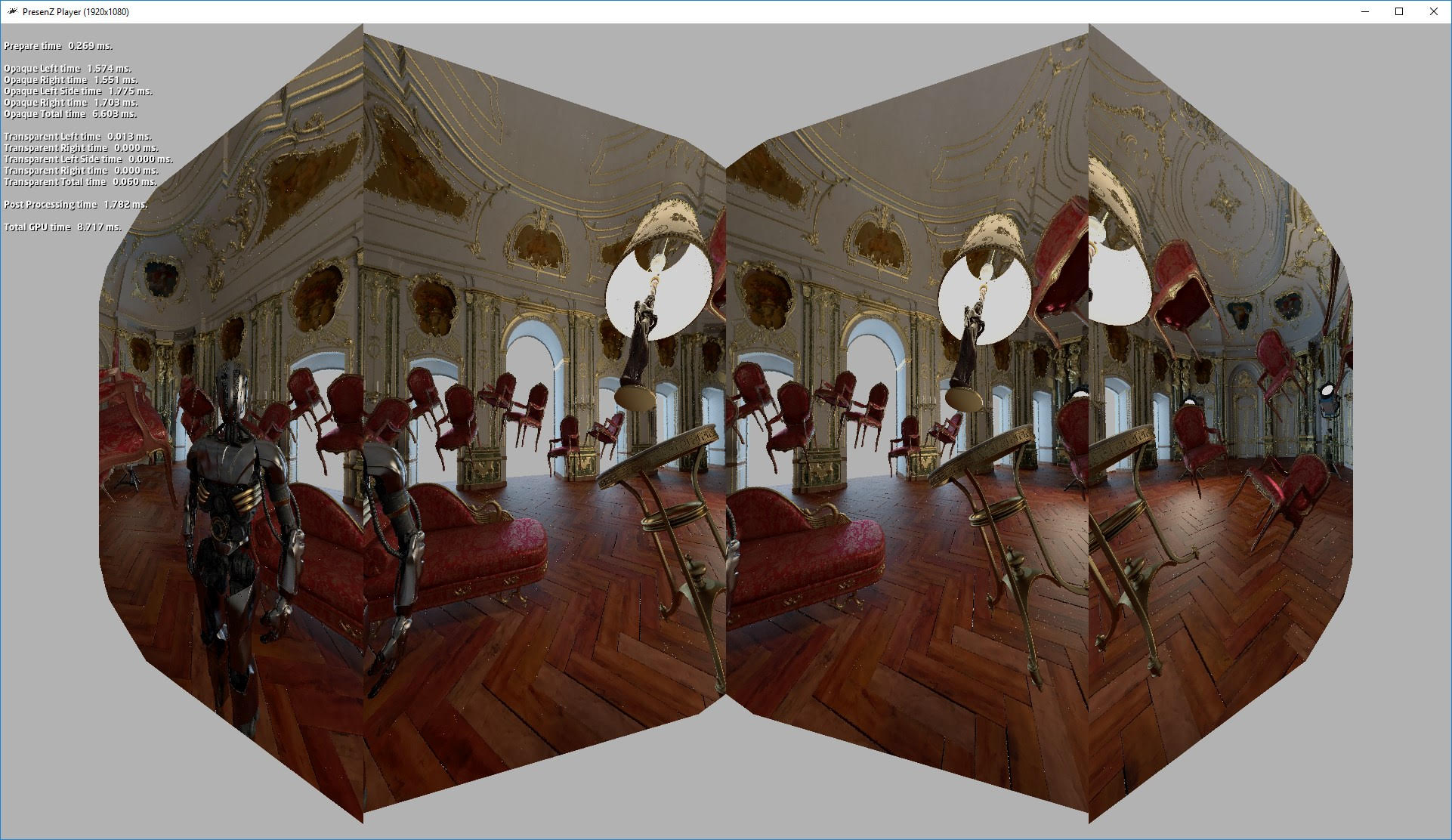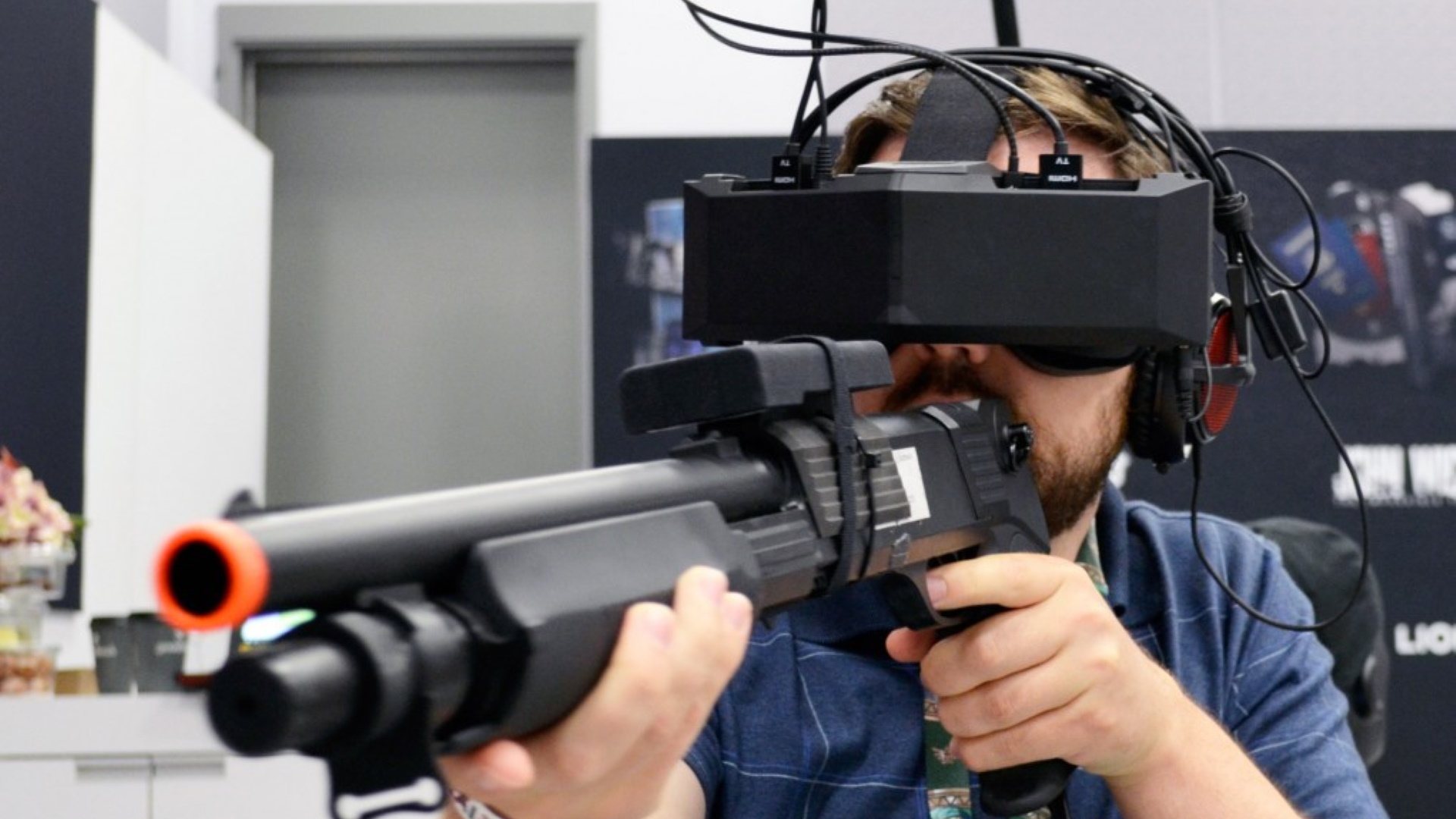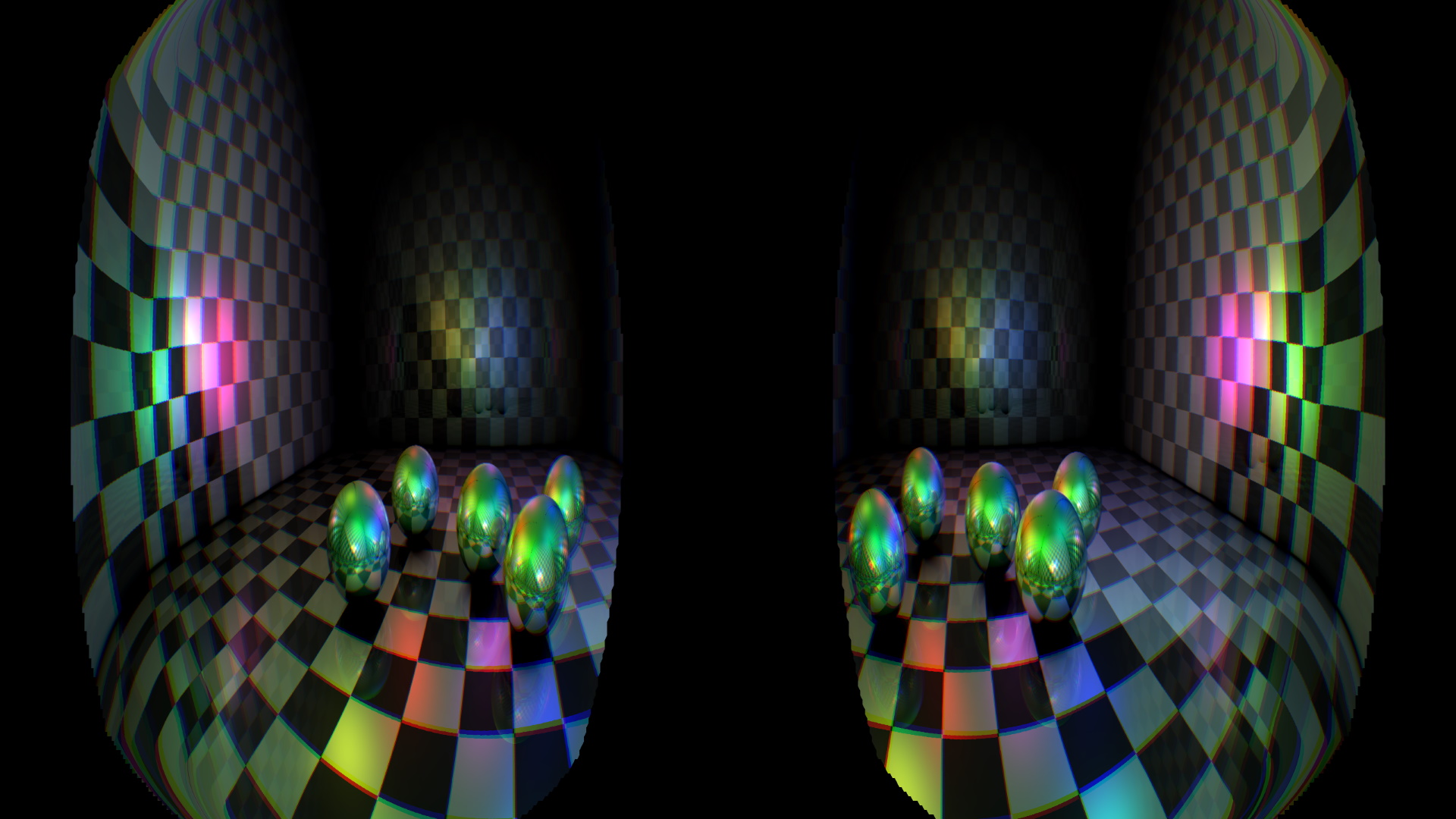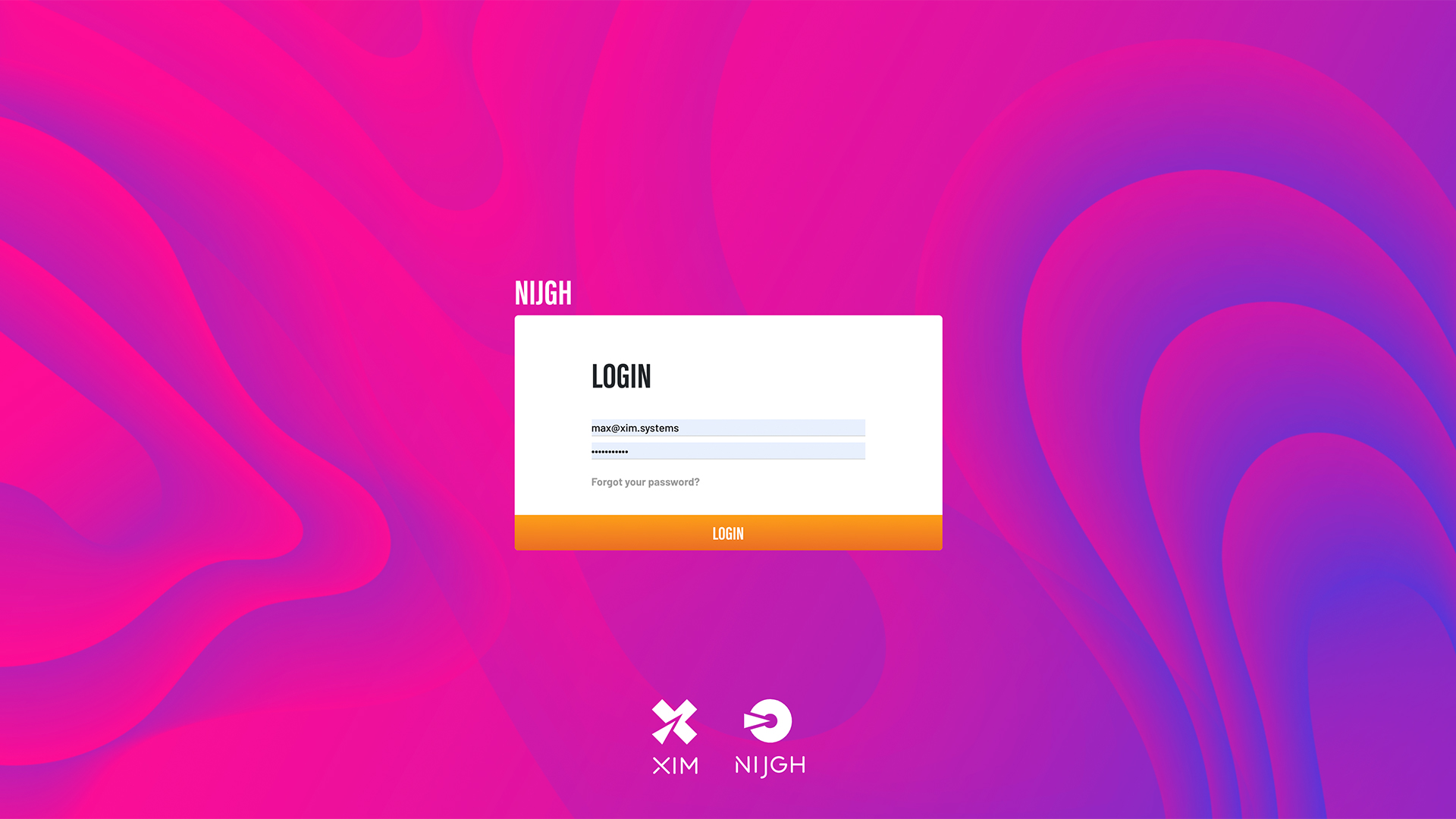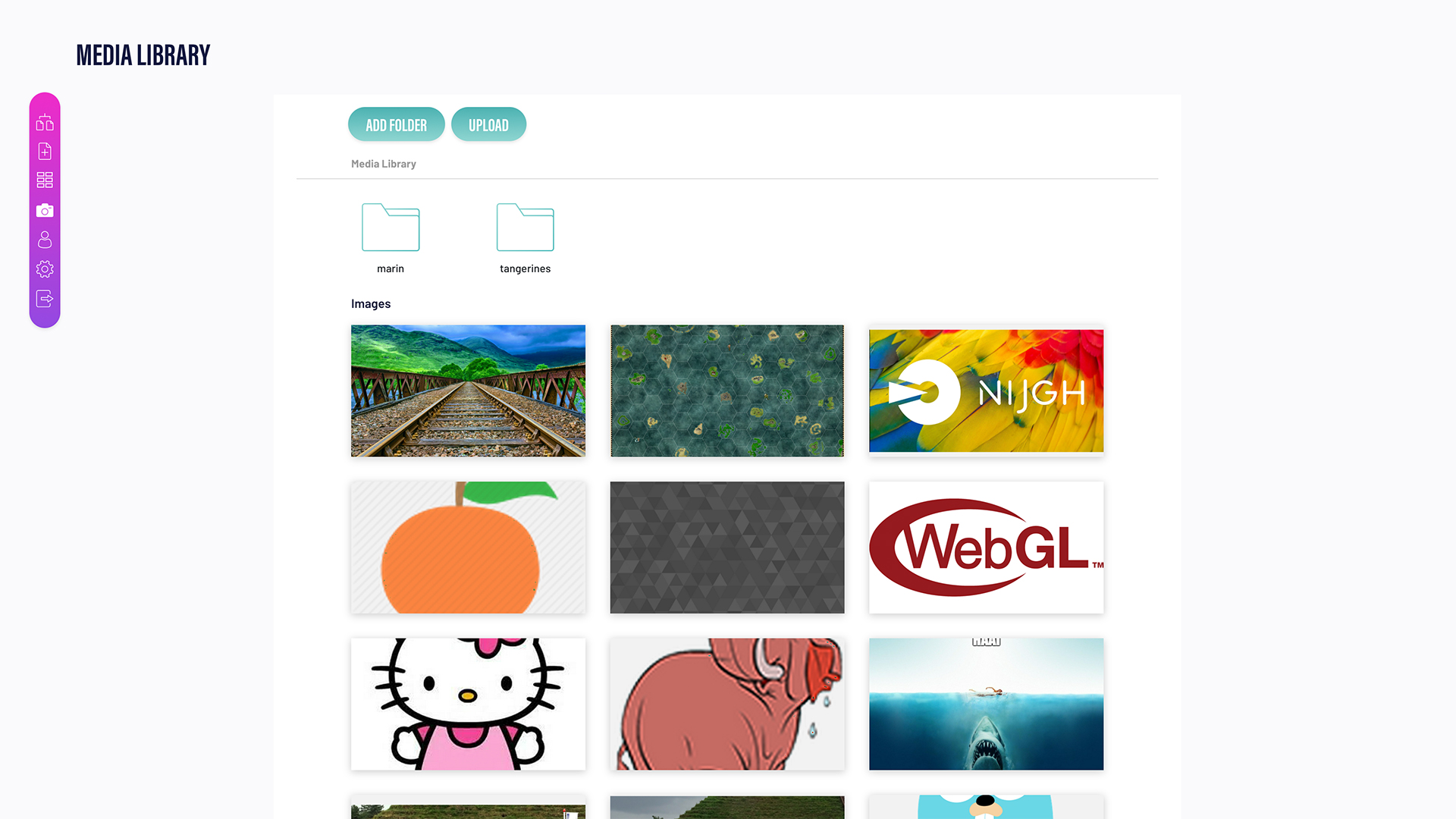Keywords
Ray tracing, Path tracing, Bounding Volume Hiearchy, GPU, C++, CUDA
Description
This project was part of a course about Ray Tracing, taught by Jacco Bikker. The goal was to create a ray tracer that can simulate a scene as accurately as possible. Although speed was not a requirement, optimizations like a Bounding Volume Hierarchy (BVH) were required to allow for a more complex scene.
The path tracer is written in C++ and CUDA. CUDA allowed me to leverage the power of the GPU, thus majorly increasing performance.
Reflection
Next time I could further improve by postponing low level optimizations after high level optimizations, to prevent wasting time optimizing code that is going to be deleted. I also want to improve by keeping a closer look on the output of my code. There were a few cases where a visual effect seemed to be implemented correctly, even though it was not.
